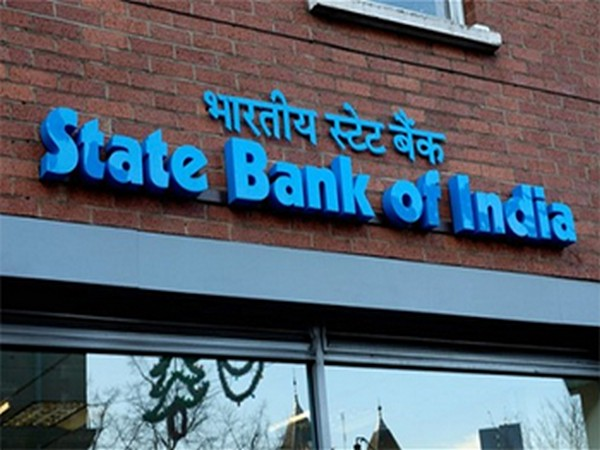
[India] Mumbai (Maharashtra) Since inflation expectations have begun to decline, the Reserve Bank of India (RBI) has adopted a more accommodating monetary policy approach.
A new study from the State Bank of India (SBI) claims that the central bank considers future forecasts in addition to historical inflation patterns when making decisions.
It stated: “We investigate whether changes in household inflation expectations have coincided with changes in the RBI’s monetary policy stance. In particular, we suggest that the RBI’s position reacts to changes in the direction of inflation expectations.
Moderating inflation forecasts support the RBI’s recent monetary stance change from neutral to accommodating, according to the research. For the following three months, households now anticipate inflation to be approximately 8.9%.
This suggests a decline in inflation feeling, which leads the RBI to ease monetary policy in order to promote growth.
SBI examined five distinct instances in which the RBI’s Monetary Policy Committee (MPC) reversed course between 2018 and 2024. It was discovered that these modifications often came after discernible changes in household inflation expectations.
For example, the RBI tightened its stance as inflation expectations increased. On the other hand, the central bank relaxed or normalised its policies as expectations decreased. This trend implies that rather than just responding to the facts at hand, the RBI is proactively modifying its policy in an effort to mitigate potential risks.
In line with conventional wisdom in international economics, the paper also emphasised the need of anchoring inflation expectations in order to maintain price stability.
Regarding interest rates, the SBI report notes that since February 2025, policy rate reductions of 50 basis points (bps) have been implemented. Public sector banks lowered deposit rates by 6 basis points and foreign banks by 15 basis points after the RBI’s 25 basis point repo rate drop in February.
It’s interesting to note that private banks raised their deposit rates by 2 basis points, suggesting that different bank groupings have different transmission patterns.
Notwithstanding these variations, shifts in the policy rate have been closely mirrored by changes in the weighted average lending rates (WALR) on new loans for scheduled commercial banks, private banks, and public sector banks. This implies that monetary policy is still being transmitted in a timely and efficient manner overall.
Thus, the SBI study highlights that the RBI’s policy is both forward-looking and sensitive to current events, with the goal of striking a balance between economic growth and inflation management.